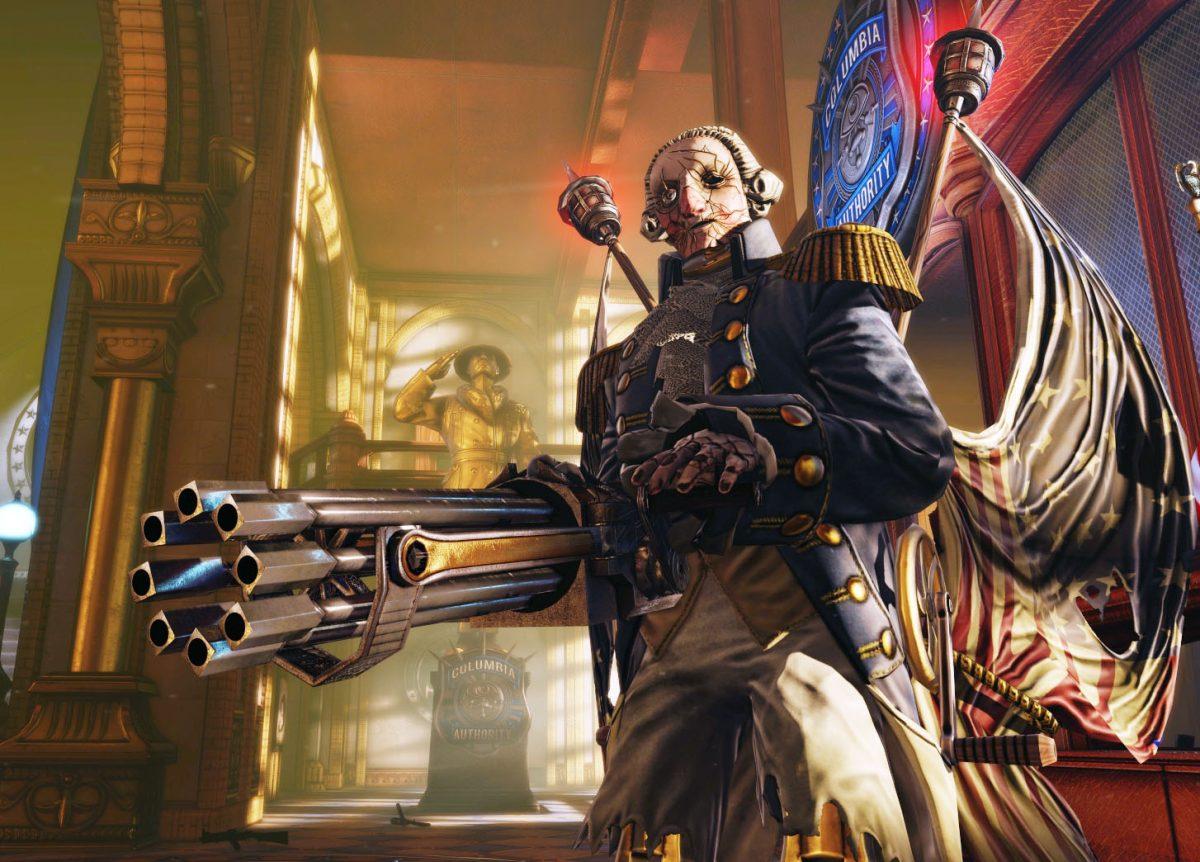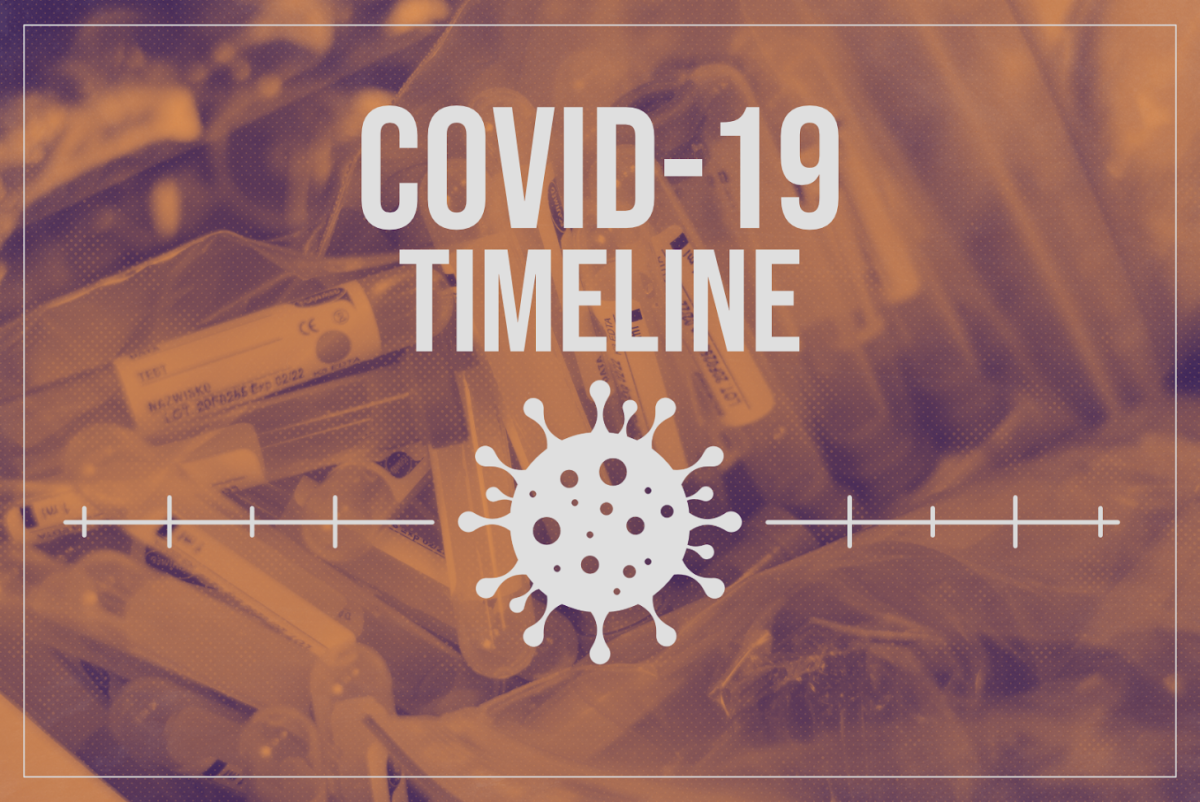BioShock Infinite Review
4.5 out of 5 stars
Making a successful follow-up to the 2007 smash hit BioShock would be a daunting task for any development team. The unique setting of the underwater city of Rapture, the cast of memorable villains and the atmospheric horror all made for one of the most memorable games of this console generation.
In fact, the first sequel, BioShock 2 suffered from unkind comparisons to the original when it was released in 2010.
Now, almost six years after the first BioShock, series creator Ken Levine and the team at Irrational Games have returned to the franchise with BioShock Infinite. However, while Infinite is a stellar game on its own merits, several issues keep it from reaching the same heights as the first game.
BioShock Infinite is set in 1912 and follows the tale of Booker DeWitt, a former Pinkerton agent who owes a great deal to a shady group of criminals. In order to wipe away the debt, DeWitt agrees to find a young woman named Elizabeth and bring her to New York.
Before he knows it, DeWitt finds himself in Columbia, a flying city held in the fanatical grip of a religious madman. As DeWitt tries to get Elizabeth out of Columbia, the city descends into civil war, with everyone seeking his head.
While the game shares numerous elements with the original, BioShock Infinite feels more like a spiritual successor than an actual sequel. Of course, the complete change in location is welcome, as BioShock 2 made it clear there wasn’t a whole lot left to see in the depths of the sea.
Unfortunately, Columbia never manages to build the same sense of atmosphere and presence that Rapture did. One of the benefits of BioShock taking place after the city’s fall was that Rapture felt haunted. If anything, Columbia is too lively, with citizens doing little else than standing around chatting about the threat of theVox Populi.
Still, Columbia has more than a few great areas to explore. The Hall of Heroes is filled with religious propaganda, while the frightening Comstock House is full of terrifying creatures and great scares. The art design in general is a success, meaning that even when the areas are bereft of creative aspects, they’re still good to look at.
The narrative is also strong, providing numerous mysteries throughout the course of the campaign, as well a string of big twists at the game’s conclusion. The game’s pacing does fair better than the original, with Infinite never suffering a post-twist lull the way BioShock did.
The problem is that much of the game’s plot depends on rifts in reality — portals into parallel dimensions that Elizabeth is able to open. The whole game is built around Elizabeth’s abilities and where they come from, but the full scope of what she is able to do and how is left unexplained until the very end.
As a result, it’s hard to get completely invested in DeWitt and Elizabeth’s story as questions about how exactly their dimension-hopping works cause distractions. It works out in the end, but it makes it difficult to enjoy the ride when you’re wondering if the whole thing’s going to fall apart along the way.
The combat system keeps things from getting too bogged down in narrative, though, as players are given a wide variety of guns and special powers to play with. The firearms never really evolve beyond the usual first-person shooter weapons, though the skyhook melee weapon offers a great combat option.
The real stars of the combat system are the various Vigors DeWitt can find. Acting as Columbia’s version of the first game’s Plasmids, Vigors allow DeWitt the ability to shoot lightning, throw fiery explosives and summon a murder of crows to assault his enemies. Though there’s not a lot of variety among the eight different powers, they still offer a fun system for taking on the game’s enemies.
Sadly, though Infinite features several “Heavy Hitter” class enemies, none of them live up to the terror of a fight with one of BioShock’s Big Daddies, or even the sequel’s Big Sisters. The closest Infinite comes is with the undead Siren, but she qualifies more as a boss than a regular encounter.
It may seem that I’m pointing out a lot of flaws in Infinite, but that’s only because of the pedigree from which is comes. BioShock remains one of the best games ever made, and Infinite just doesn’t offer enough new ideas to feel as groundbreaking or important as the first game was.
That doesn’t change the fact that this is easily one of the best games of 2013 so far. If you can go in without expecting the same level of innovation that came with the original, then BioShock Infinite is an experience that will stick with you for a long time to come.














